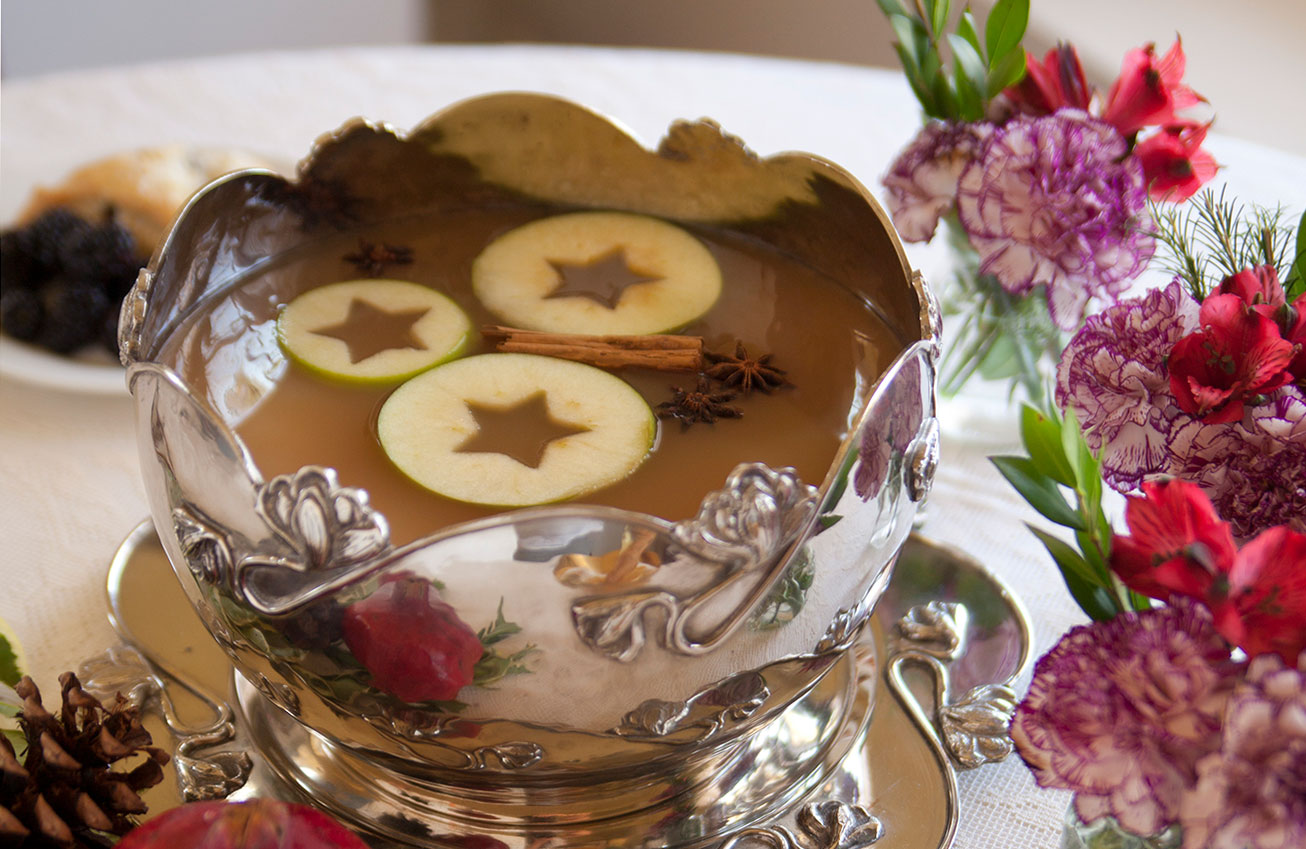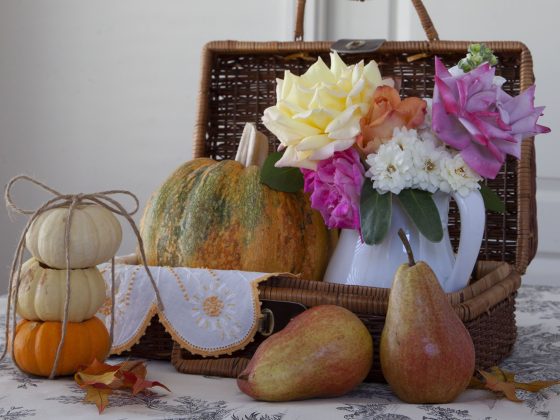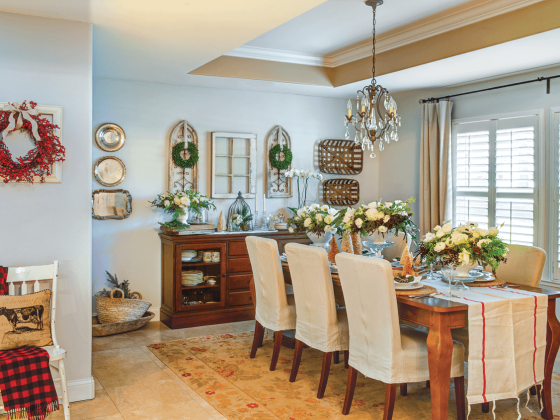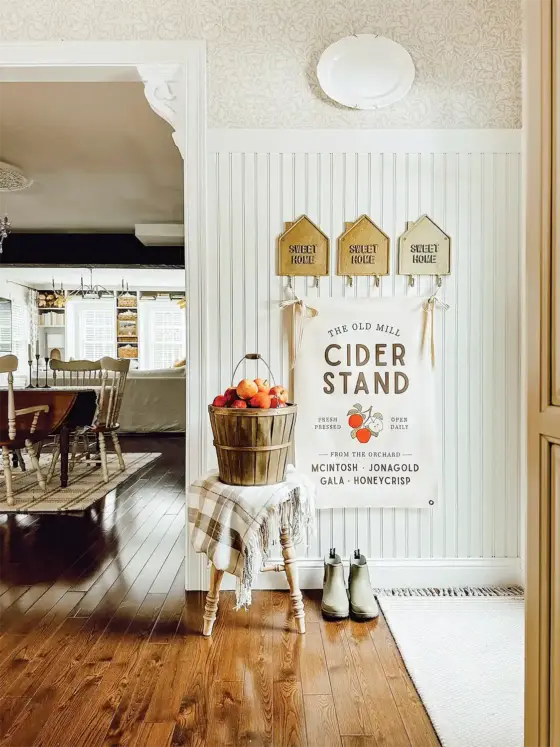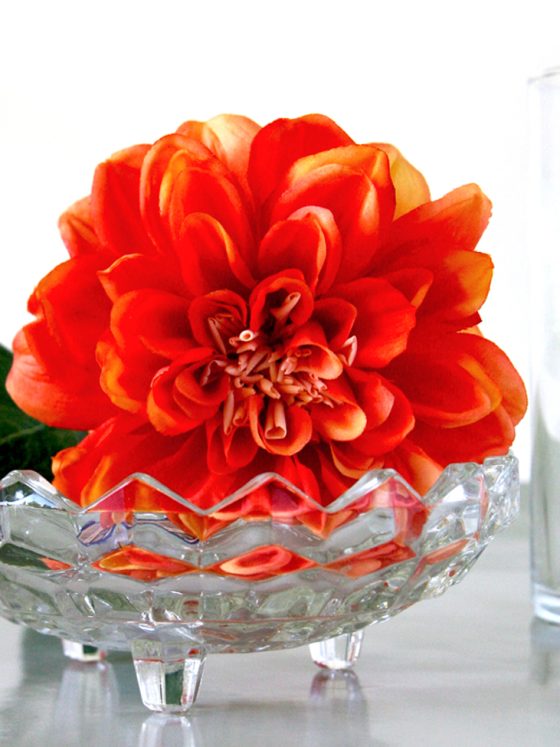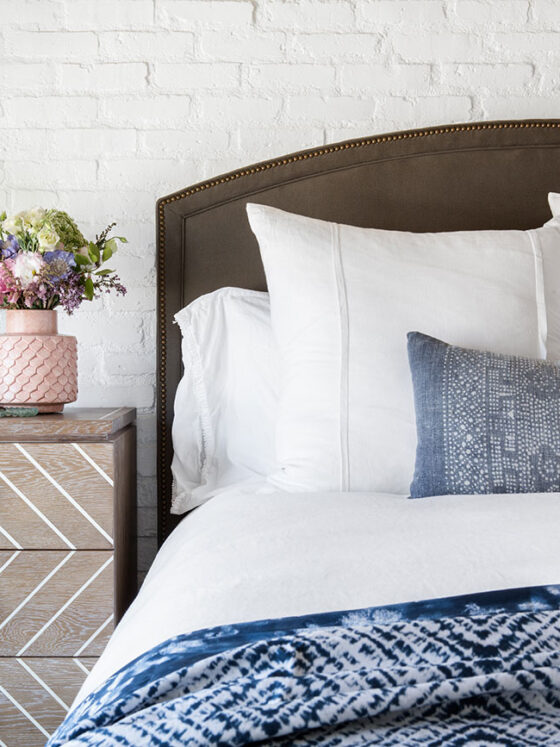What was once a symbol of status is now a staple for the modern-day entertainer. The origin of punch bowls goes back to the 1600s, when they were used to chill glasses, display fruits, and even as flower vases. In those times, the size and number of bowls in your collection became part of your social identity. Today silver punch bowls are a lovely way to elevate your gathering, and they can be the crown jewel of your entertaining space.
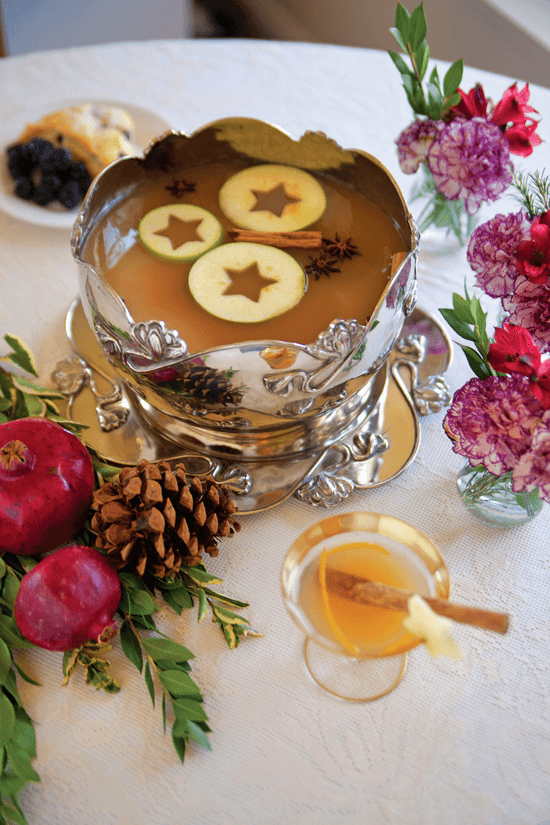
The History of Silver Punch Bowls
Punch bowls were originally made of ceramic, porcelain and sometimes wood. As the world became more interconnected, resource materials proliferated and wealthy families began to request punch bowls made of silver and decorated with elaborate designs.
Before his famous midnight ride, Paul Revere, an experienced silversmith, was commissioned by the Sons of Liberty to create a silver punch bowl engraved with the names of the group members, as well as patriotic phrases to commemorate the early events of the American Revolution. Although the “Revere Bowl” was considered treasonous at the time, it is now one of the most famous punch bowls in history, and the inspiration for most silver bowls today.
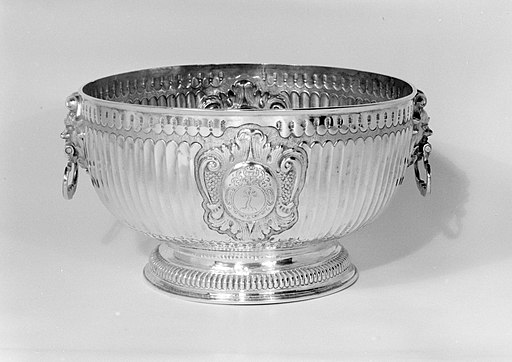
The Real Deal
When you think you’ve found an authentic silver punch bowl, check to see if it’s stamped with the words “sterling silver” or “silver plate.” Antique bowls will often have a set of hallmarks in a row or a combination of numbers and figures.
The rarity and authenticity of bowls vary by brand. Brands like Cartier, Tiffany & Co., Stieff and Birks produce sterling silver bowls, while Towle’s and Reed & Barton’s punch bowls are silver plated and are perfect for new collectors. The bowls are often sold in sets with a ladle and silver cups, but à la carte bowls are also available from many online sellers.
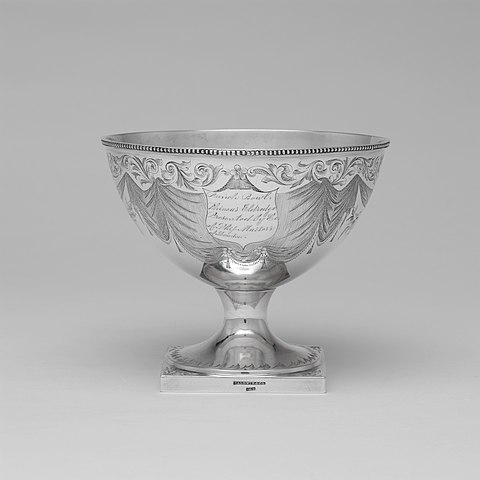
Price
Depending on brand and age, silver punch bowls run anywhere from $100 to $19,000.
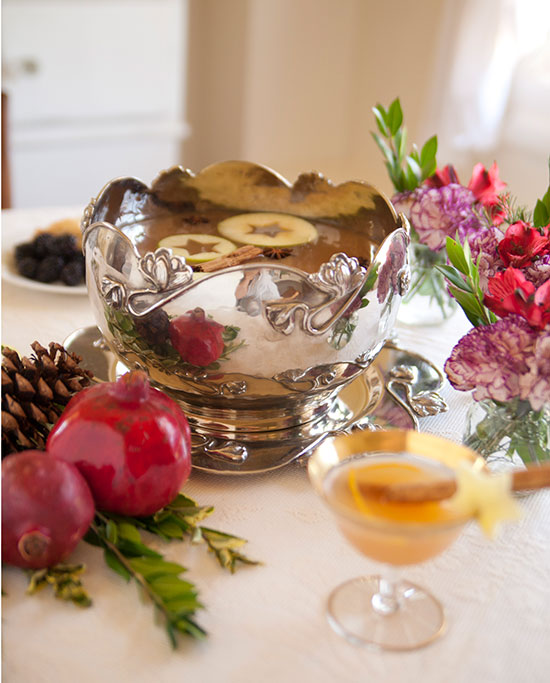
Looking for more collectibles perfect for the holiday season? Check out these posts on transferware and carnival glass!

